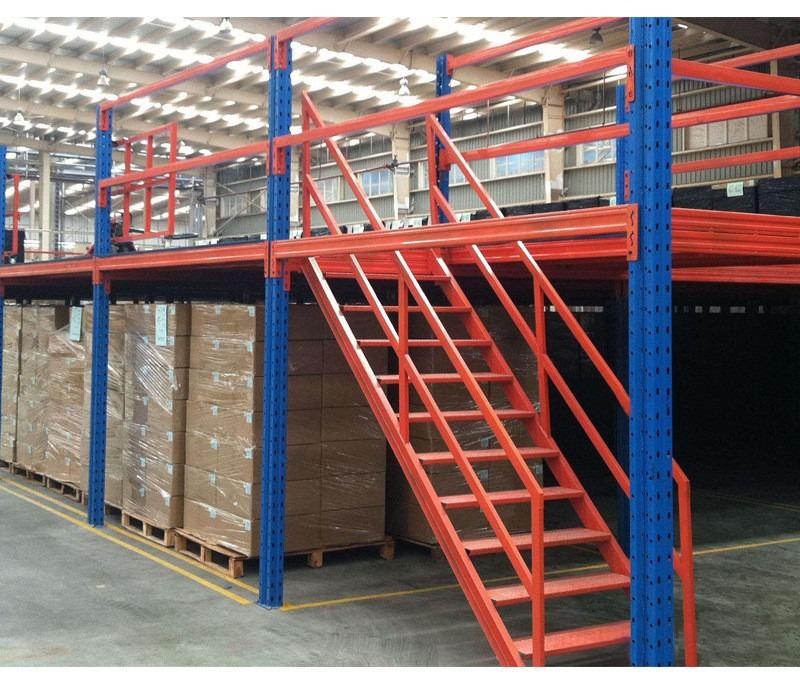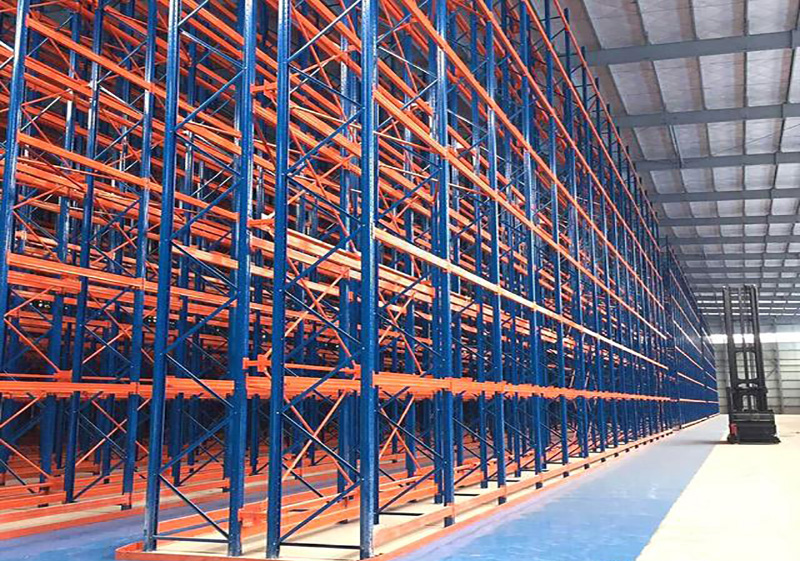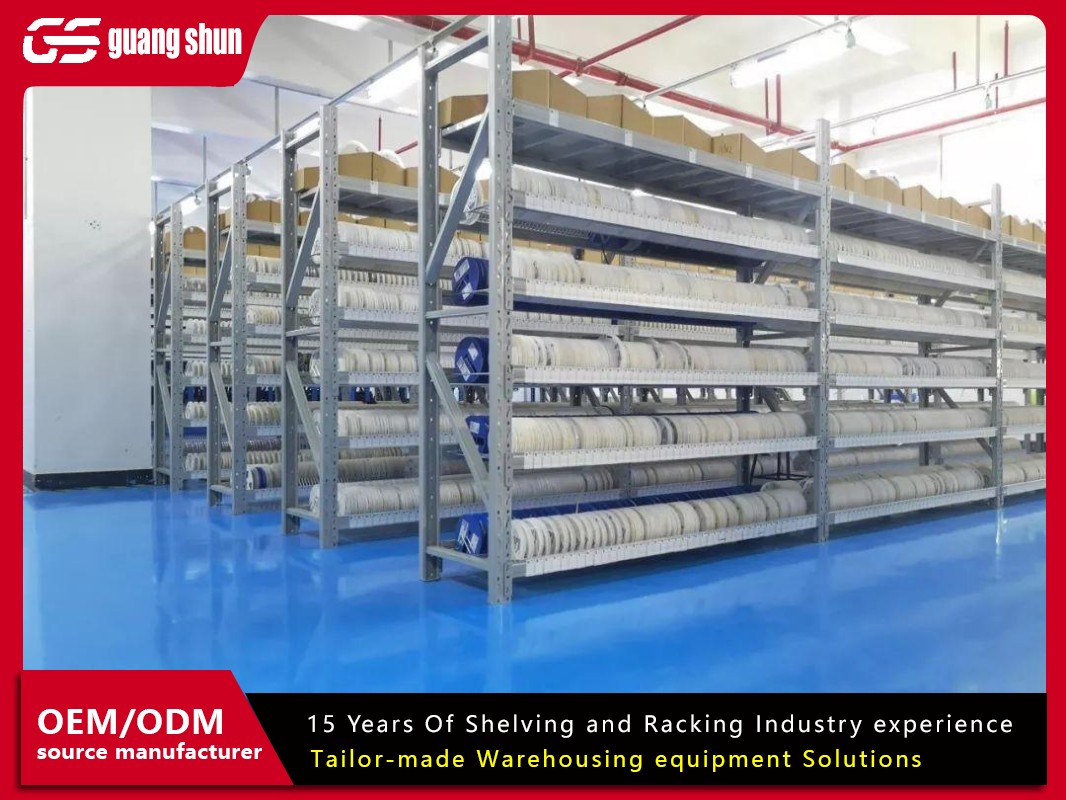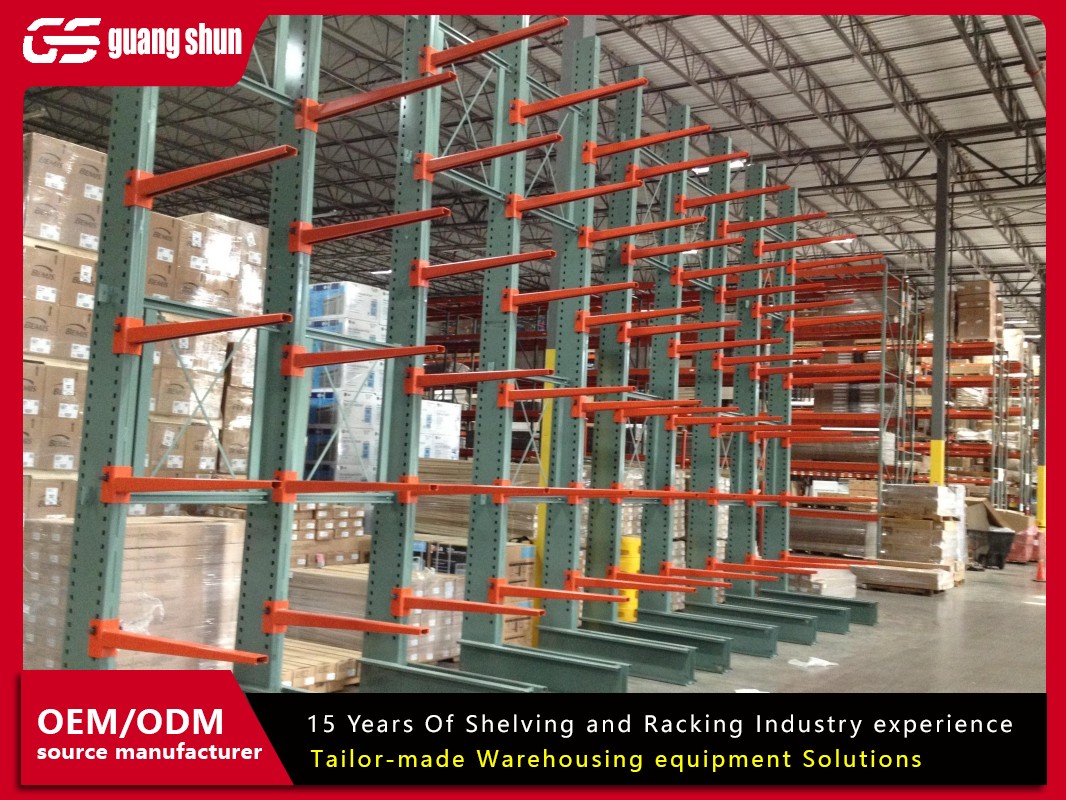Finding the right storage solution is a fundamental step for any business aiming to optimize its operations, from the warehouse to the office. The term "Regalsysteme," the German word for shelfing or racking systems, represents more than just metal and bolts; it signifies a core component of your operational infrastructure. Selecting the wrong supplier for your Regalsysteme can lead to inefficiencies, safety hazards, and wasted capital. This article breaks down the five critical factors you must consider to ensure your investment in a Regalsysteme pays off in the long run, helping you navigate the process of finding a reliable commercial partner.

Understanding the Core of Modern Regalsysteme
At its heart, a Regalsysteme is an engineered structure designed to store materials efficiently. However, modern systems have evolved far beyond simple static shelves. Today, they encompass a wide range of solutions, including pallet racking, mobile shelving, cantilever racks, and sophisticated automated storage and retrieval systems (AS/RS). The primary goal of any effective Regalsysteme is to maximize available vertical and horizontal space, improve inventory accessibility, and enhance the overall workflow and safety of a facility. The quality of the Regalsysteme you install directly impacts your daily productivity and scalability.
Factor 1: A Thorough Assessment of Your Specific Needs
Before you even begin searching for a Regalsysteme supplier, you must have a crystal-clear understanding of your own requirements. A generic solution will yield generic results. Key questions to ask include:
What is the nature, weight, and dimensions of the items you need to store?
What is your current and projected inventory turnover rate?
What is the layout and ceiling height of your storage area?
What material handling equipment (e.g., forklifts, order pickers) will be used with the system?
A competent Regalsysteme partner will not just sell you a product; they will start with a detailed consultation and site assessment to answer these questions themselves. This initial analysis is the foundation upon which a successful Regalsysteme project is built.
Factor 2: The Range and Customization of Offered Regalsysteme
No two businesses are identical, and your storage system shouldn't be either. When evaluating potential suppliers, scrutinize the breadth and flexibility of their Regalsysteme portfolio. A supplier with a limited range might try to fit your unique needs into a standard, off-the-shelf product that isn't quite right.
Look for a partner that offers various types of Regalsysteme and demonstrates a strong capacity for customization. This could involve adjusting beam heights, modifying decking materials, integrating specialized accessories, or designing a completely bespoke solution. The ability to tailor the Regalsysteme to your exact operational flow is a mark of a superior supplier.
Factor 3: Quality of Materials and Manufacturing Standards
The integrity of your Regalsysteme is non-negotiable. It must safely bear loads, withstand daily wear and tear, and comply with relevant national and international safety standards. When discussing options with a supplier, inquire about:
The grade and source of the steel used.
The manufacturing processes, such as cold-rolling and welding techniques.
The finish and coating (e.g., powder coating) which protects against corrosion and damage.
Adherence to standards like DIN (Deutsches Institut für Normung) or other local safety codes.
A high-quality Regalsysteme might have a higher upfront cost but will prove to be more cost-effective over its lifecycle due to its durability, safety, and reduced need for repairs or replacements.
Factor 4: The Supplier's Expertise and Project Management Capability
You are not just buying a product; you are investing in a service. The supplier's expertise and their ability to manage the project from conception to completion are paramount. A reliable Regalsysteme partner will have a team of experienced engineers and designers who can create detailed plans and load calculations.
Furthermore, assess their project management process. Will they handle the installation with certified and trained technicians? What is their proposed timeline? Clear communication, professional installation, and minimal disruption to your business are hallmarks of a professional Regalsysteme supplier.
Factor 5: After-Sales Support, Service, and Scalability
Your relationship with the Regalsysteme supplier should not end once the installation is complete. The long-term value is often determined by the after-sales support. Essential services to look for include:
Availability of spare parts and accessories.
Inspection and maintenance services.
Load capacity re-certification.
Support for reconfiguring or expanding the system as your business grows.
A supplier that offers comprehensive after-sales care ensures that your Regalsysteme remains safe, efficient, and adaptable for years to come, protecting your investment.

Making the Final Decision on Your Regalsysteme Partner
Choosing a Regalsysteme supplier is a strategic decision. By meticulously evaluating candidates against these five factors—needs assessment, product range, quality, expertise, and after-sales support—you can move forward with confidence. Request detailed quotations, ask for case studies or references from past clients in similar industries, and ensure that the proposal you receive is not just a list of prices, but a comprehensive solution tailored to your business. A well-chosen Regalsysteme will streamline your operations, enhance safety, and provide a solid foundation for future growth.
Frequently Asked Questions (FAQs)
Q1: What is the typical lead time for a custom Regalsysteme project?
A1: The lead time can vary significantly based on the complexity and scale of the project. A standard system might be delivered in a few weeks, while a large, fully customized Regalsysteme with intricate design elements could take several months. A reputable supplier will provide a detailed project timeline during the quotation phase.
Q2: Can my existing Regalsysteme be modified or expanded by a different supplier?
A2: While it is technically possible, it is often challenging and not recommended for safety and compatibility reasons. Different suppliers may use proprietary connections, materials, and engineering standards. Using the original supplier or one they authorize is the safest way to ensure the integrity and safety of the expanded Regalsysteme.
Q3: How often should a professional inspection of my Regalsysteme be conducted?
A3: It is strongly advised to have a formal, professional inspection of your Regalsysteme at least annually. Additionally, an inspection should be performed after any significant impact, seismic event, or noticeable change in the structure's condition. Regular visual checks by trained internal staff should also be part of your weekly or monthly routine.
Q4: Are there specific fire safety regulations associated with industrial Regalsysteme?
A4: Yes, depending on your location and the type of goods stored, there can be specific fire safety codes that affect the design and layout of your Regalsysteme. These may include requirements for aisle widths, sprinkler system integration, and the use of fire-resistant materials. A qualified supplier will be knowledgeable about these regulations and incorporate them into the design.
Q5: What is the difference between a bolt-free and a bolted Regalsysteme, and which is better?
A5: Bolt-free (or clip-in) Regalsysteme offer faster installation and easier reconfiguration, as beams simply clip into the uprights. Bolted systems use bolts and nuts to secure the connections, which can provide a perceived sense of rigidity and are sometimes specified for extremely heavy-duty applications. The "better" option depends entirely on your needs for flexibility, load capacity, and the frequency with which you plan to reconfigure the layout. A good supplier can advise on the best fit for your operation.







